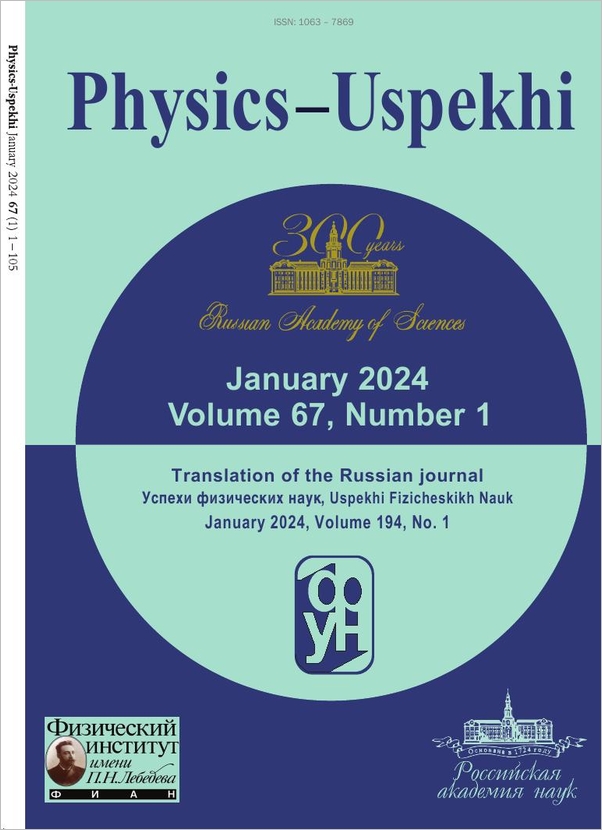|
This article is cited in 99 scientific papers (total in 99 papers)
FROM THE HISTORY OF PHYSICS
Low-temperature spectroscopy of organic molecules in solid matrices: from the Shpol'skii effect to laser luminescent spectromicroscopy for all effectively emitting single molecules
A. V. Naumovab
a Institute for Spectroscopy, Russian Academy of Sciences
b Theoretical Physics Department, Moscow State Pedagogical University
Abstract:
Sixty years ago, in 1952, Prof. E V Shpol'skii and his colleagues were the first to see quasilinear spectra from complex organic compounds in specially selected solvents at low temperatures. Twenty years later, in 1972, a team headed by Prof. R I Personov discovered laser fluorescence line narrowing in the solid solutions of organic dyes. These two discoveries served as the basis for the field of laser selective spectroscopy of impurity centers in solids. The work in this field culminated in the techniques of spectroscopy and luminescence imaging (microscopy) of single molecules in condensed matter. Today, optical spectroscopy of impurity centers in solid solutions has become one of the most popular tools for solving a wide variety of interdisciplinary problems in physics, physical chemistry, optics and spectroscopy, biophysics, quantum optics, and nanotechnology. In this article, the development of this field is briefly reviewed, potentials of the developed methods are discussed, and some research results are highlighted.
Received: September 15, 2012
Revised: March 10, 2013
Accepted: October 9, 2012
Citation:
A. V. Naumov, “Low-temperature spectroscopy of organic molecules in solid matrices: from the Shpol'skii effect to laser luminescent spectromicroscopy for all effectively emitting single molecules”, UFN, 183:6 (2013), 633–652; Phys. Usp., 56:6 (2013), 605–622
Linking options:
https://www.mathnet.ru/eng/ufn4446 https://www.mathnet.ru/eng/ufn/v183/i6/p633
|


| Statistics & downloads: |
| Abstract page: | 472 | | Full-text PDF : | 131 | | References: | 56 | | First page: | 1 |
|





 Contact us:
Contact us: Terms of Use
Terms of Use
 Registration to the website
Registration to the website Logotypes
Logotypes








 Citation in format
Citation in format 
